Crop Report
Still wet. We had one brief window last week in which a little more planting took place, followed by a few more inches of rain. Most fields are planted, but not all—still about 5–10% unplanted in this region. Temperatures in the high 90s are expected over the next several days, so maybe that’ll dry things up enough to finish the first crop. Hot weather should also help bring the wheat crop down the home stretch. The grain is almost dry, but fields are still wet. Hopefully, there will be enough evaporation to avoid rutting up fields during wheat harvest.
After the strong storms that passed through the region yesterday (June 18), most fields in northern Vermilion County are saturated, with a little standing water in low-lying areas and compacted headlands. The storms also brought strong winds, but fortunately, the damage to crops seems to be minimal in that part of the county.
Most corn in the area was leaning, but there were only a couple of areas where the crop was nearly flat. The affected corn was on the more advanced end of the crop growth range in the region, which is around the V8 to V10 growth stages. However, I saw minimal greensnap, so much of that corn, which is currently horizontal, will likely recover — albeit with a goosenecked stalk. Later-planted corn, generally in the V3 to V4 range, was affected little by the winds.
Soybeans ranged in growth stage from V1/V2 to R1, with some earlier-maturity soybeans starting to open their first flowers. Weed control in both corn and soybeans was mixed, with the wet conditions likely contributing to an inability for farmers to get timely postemergence herbicide applications completed.
I found a couple of wheat fields during my survey, both of which were in the Feekes 11.2 growth stage, with kernel starches at a “soft dough” consistency.
Recent precipitation in Northeast Illinois ranged from 1+ to over 4 inches of accumulated rainfall. Some edge-of-field wind damage was noted in corn fields. The earliest planted soybeans are starting to flower, entering the reproductive stage of the crop. The most mature corn has reached, or is near, V10 to V11.
A reminder: if scouting mature corn, lower leaves will start to drop. In these cases, the first measurable internodal space is generally between the 5th and 6th node. Recognizing this provides a starting point at V6 when staging older corn. Depending on corn hybrids, expect between 15 to 20 leaves prior to tassel emergence. This is an important period of rapid growth as the corn plant creates leaves and stalks to provide photosynthate for the ear and developing kernels.
I’m a strong advocate of spending time on the ground scouting fields and recognizing any manageable issues that may arise. That said, I can also appreciate drone imagery for providing different perspectives on the developing crop. I have had mixed experiences with drones, but I have to admit the newer generation is more user-friendly. For those with access, collecting aerial images as the soy and corn crops transition from vegetative to reproductive stages can provide insight during end-of-season crop evaluations.
Earlier this week, I had the opportunity to visit a field with probably the worst grape colaspis injury I have seen. Note the phosphorus deficiency symptoms on the lower leaves of many plants and the aggregated nature of the injured plants. Usually, we see this in fairly isolated areas of a field—often at the high points—and several nearby fields had this more limited injury. But in this particular case, much of the field was affected. When you see this kind of injury above ground, dig up the plant and look for larvae, which resemble tiny white grubs. Some plants in this field had as many as eight or nine larvae on them, and we found at least one pupa. These should cycle out into adulthood soon.
Crop growth is starting to vary across Logan County. Corn around the county looks very healthy, with many fields well above knee-high. Growth stages range between V4 and V6. Soybean growth is more varied. Some fields look healthy and are in the V4-V6 stage. However, some fields are lagging, with some in the V2 or V3 stage. With beneficial rains on 6/18 and more hot temperatures on the way, it will be interesting to see how these fields progress over the next week.
Both soybean and corn received a welcome rain on Monday, with local spots in Henry County receiving 1.5 inches and more in the forecast for Wednesday night—before a very hot and dry pattern sets in, with heat indexes forecasted to exceed 100 degrees. Corn is in the rapid growth stage, with most herbicide applications and sidedressing completed. Worked soybeans are outpacing those in no-till and minimum-till ground, and spraying is starting this week. Sprayers were rolling before the spotty thunderstorms arrived, with additional rain forecasted through midweek. Those unable to get into the field due to rainfall should have an opportunity later in the week as we shift to a hotter, drier summer pattern. These fields will need to be watched closely, as weeds will continue growing rapidly alongside the crop. Higher herbicide rates and different tank mixes may be necessary in these situations.

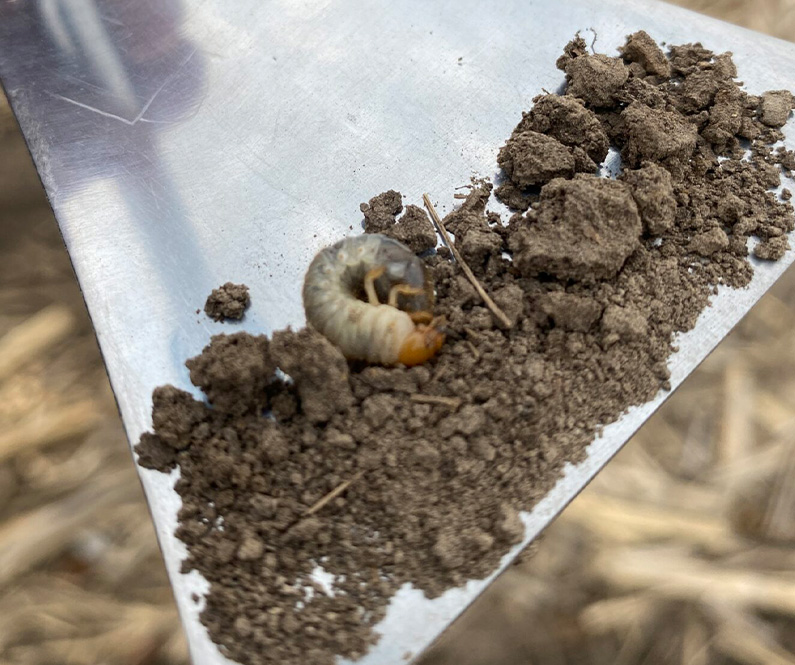
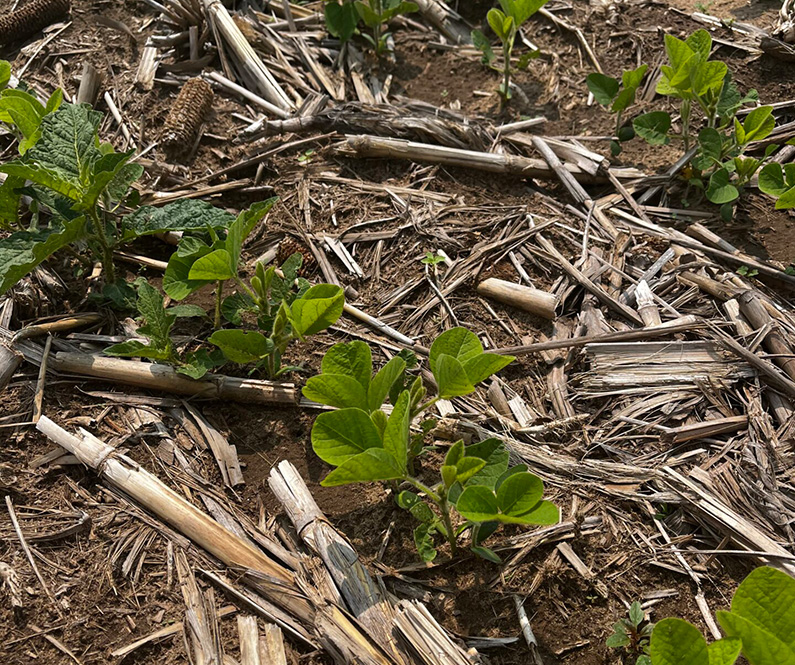
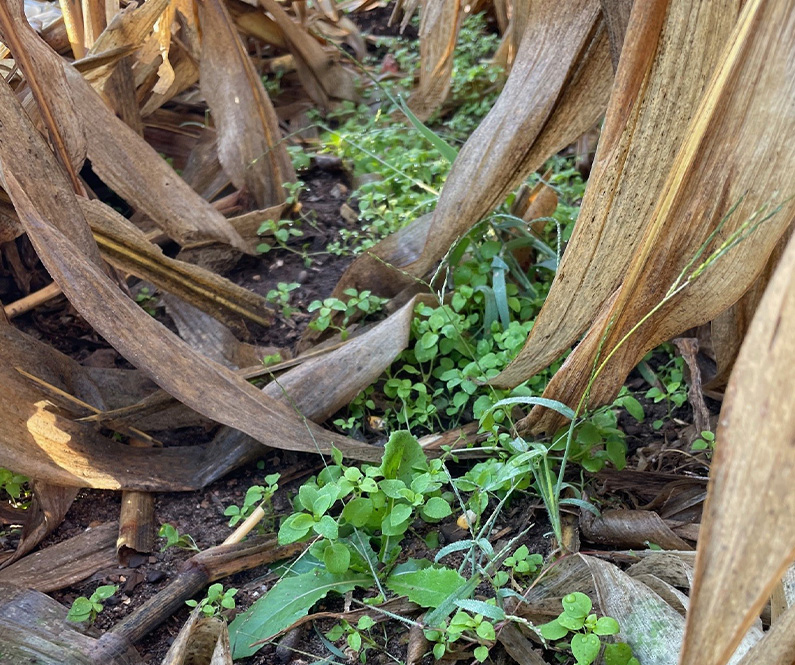
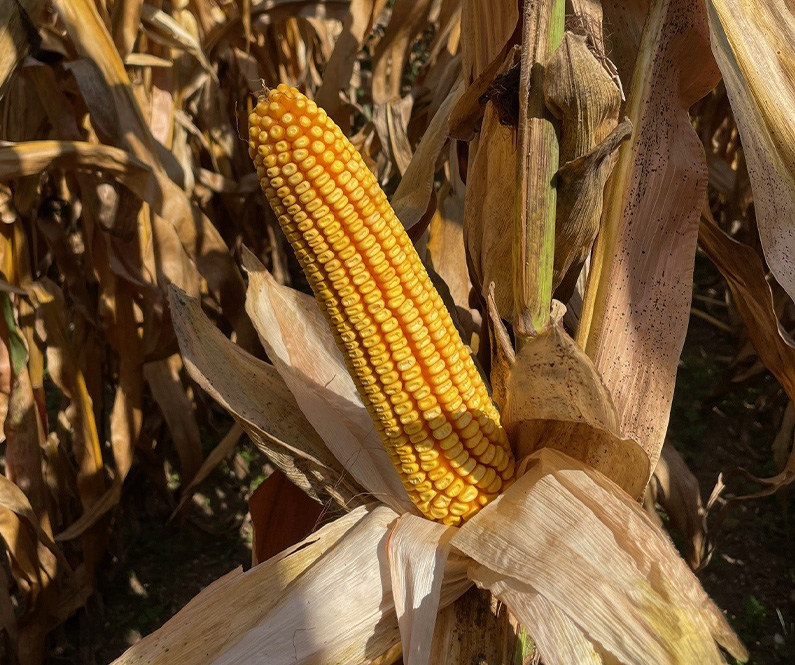
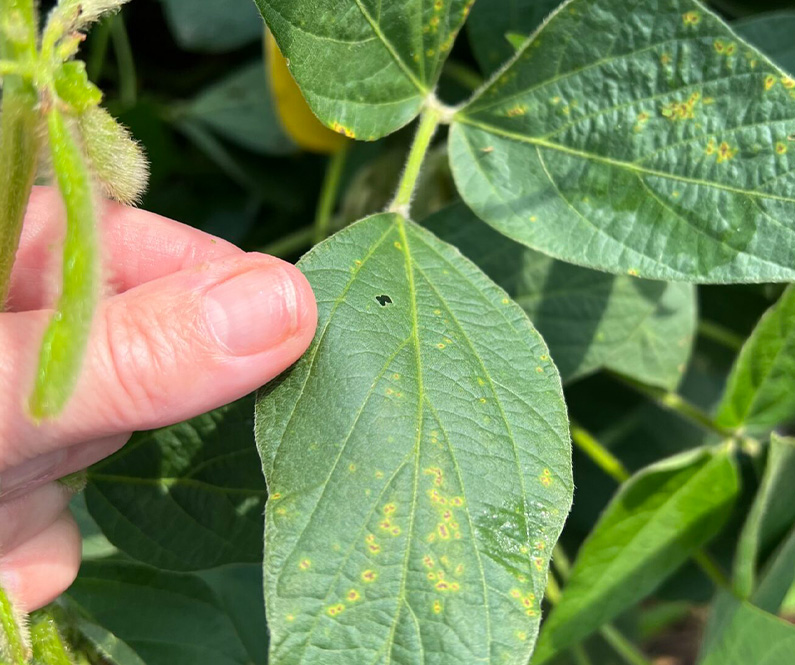
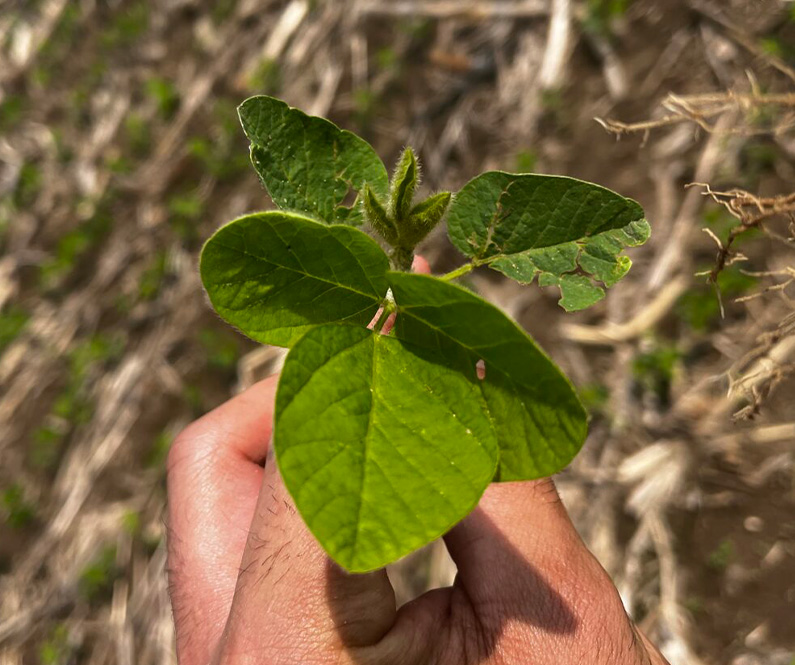
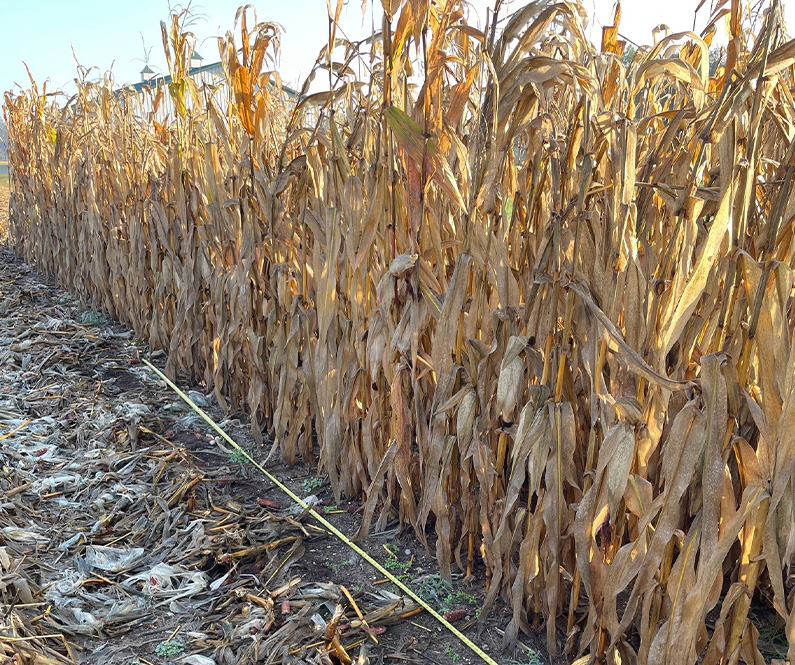

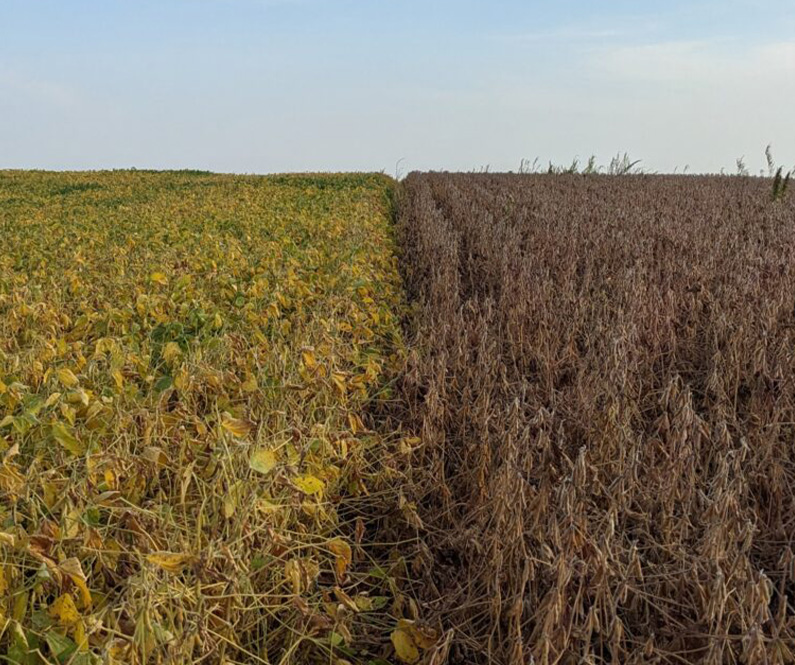
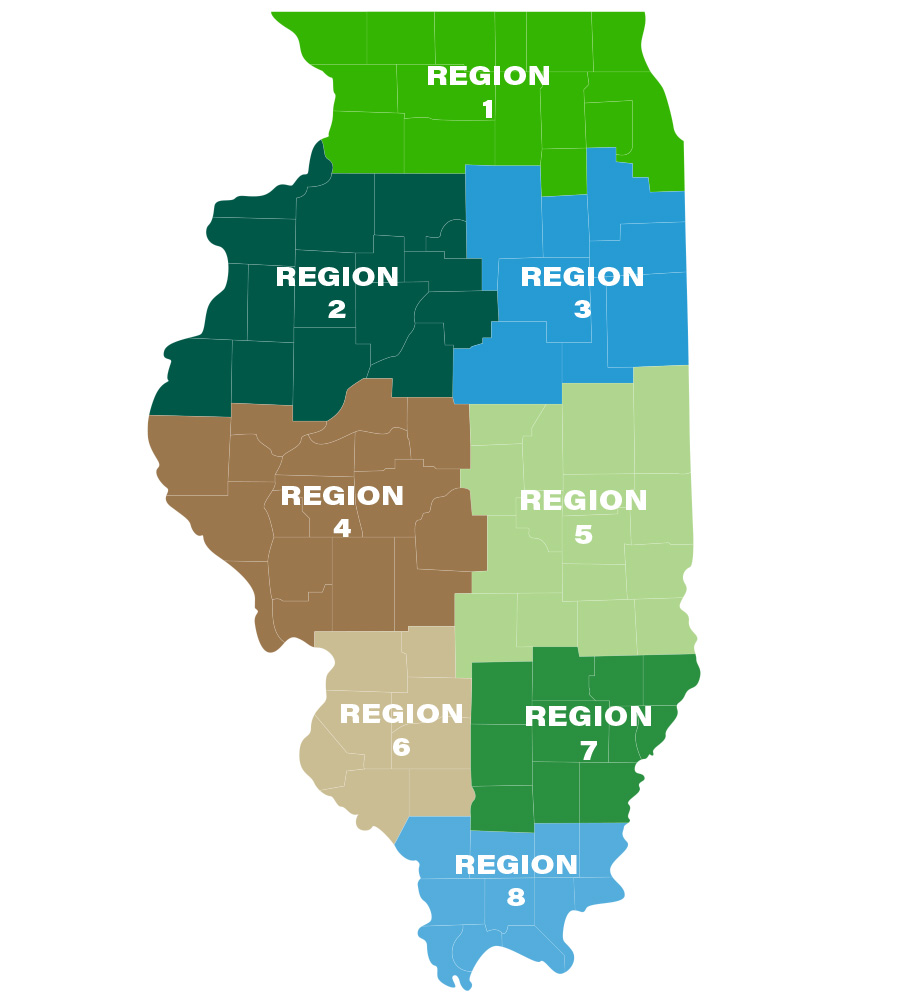

 and then
and then